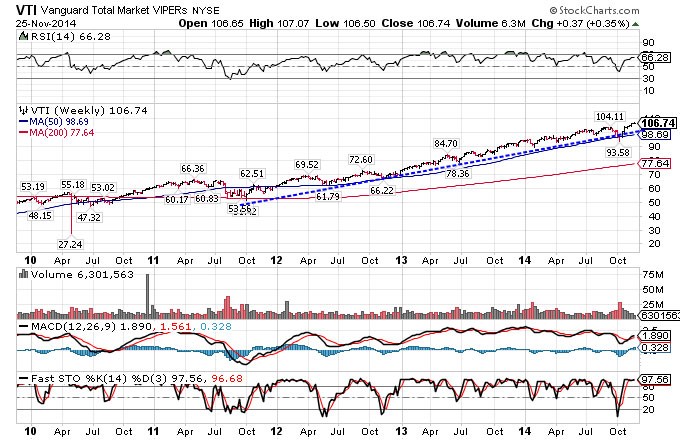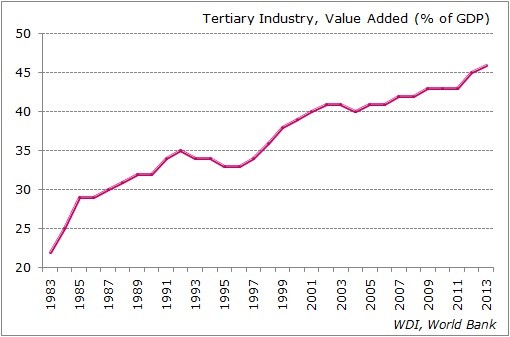Investopedia Shifting Focus To Sector Allocation
Post on: 22 Июль, 2015 No Comment

Research these Stocks on Kapitall’s Playground Now
As the various stock markets in the world increasingly move in tandem, diversification and optimal returns are more likely to be achieved if evolving changes in sectors are taken seriously in portfolio management. To achieve true diversification in your portfolio, sector allocation may be a better bet than relying on international investments. Lets take a look at sector diversification and how it can reduce risk and boost portfolio returns.
Why Go for Sectors?
The right sector can often outperform broad market indexes. A study by UBS Warburg investigated the correlation between stock exchanges in various different countries and regions as well as the sectorial correlations. The study indicated that over time, international stock market movements correlate progressively more strongly with one another. A correlation coefficient of only 0.1 at the end of the 1970s rose to almost 0.7 by 2002. This enormous rise has major implications for optimal portfolio construction and risk management.
In the previous decade, investment experts did indeed predict that traditional asset allocation between regions would gradually be replaced by an increasing emphasis on industry sectors. In practice, however, investments remain heavily oriented around geographic regions.
The worldwide globalization and liberalization of goods and capital markets, the crisis with the euro and the bursting of the hi-tech bubble all served to highlight the need to shift the relative emphasis away from regions and countries to industry sectors, such as biotechnology or natural resources. This does not necessarily mean risky investment in volatile sector funds. but rather using the low correlation with other asset classes in order to reduce risk.
The point is that diversification, achieved through a portfolio that is very evenly divided between sectors, may show worse performance than a portfolio that shifts the focus sensibly and prudently according to changes in the investment, economic and even social landscape.
Conventional Diversification
A well-balanced portfolio will be invested adequately in the various sectors comprising of the national and, possibly, international economy. Banks, technology. mining, industrials and utilities are generally present in mixed equity portfolios and those need to be the case.
However, active sector management is not so common and this is unfortunate. Going sensibly overweight on some sectors and underweight on others can make a big difference to your risk and return situation.
The wide selection of sector funds available enables you to take advantage of changing and evolving market conditions. Of course, in order to do so, you need to follow the dynamics of the various sectors on an ongoing basis, but this is not always difficult in this age of information.
A Simple Principle
Focusing on sectors makes a lot of intuitive sense. There are always parts of the local or international economy that fall into one of three categories listed below:
- Those that are promising
- Those that are doing well now
- Those that are doing too well and booming

For instance, when resources are flat, canny investors will see this slump as an opportunity and perhaps an ideal time to move into that sector. When the market starts to move, it will still be a great investment; when it gets too hot, it becomes risky and it may be time to shift sectors again. That is the basic way in which sector rotation works.
Keeping Risk down and Returns Up
This sector allocation concept is also related to theme investing. There can be no doubt that if you find a theme that is on the up-and-up, you can make money. However, caution is needed in order to avoid real market timing. which is notoriously unreliable. Likewise, trendy and minor themes can also be risky.
The big plus with more established sectors and themes is that it is not really that difficult to detect when a sector looks like it is set to rise. There is also plenty of information available about the various sectors. If the prices are historically low and there are indications that demand is likely to rise, then going just a bit overweight in that sector is a fair risk. It is not a matter of timing, but rather of shifting a bit more money into broad categories that look like sensible investments at the time.
The main thing to watch is so-called weak signals in the market for sectors that are likely to do well over time. As always, when profits and prices are already high and people are charging in, it is probably too late to get in and, even more likely, it may be time to get out.
The Bottom Line
It is simply in the nature of economics and business that all sectors do not do equally well at one time. On the one hand, this means that diversification is essential to avoid the major losses that can occur by having most of your money in one sector or one part of the economy. However, without trying your luck at classic and controversial market timing, it is possible, by being well informed through the media, to figure out which investment sectors and themes look likely to rise above the crowd in the short- to medium-term. Without getting carried away, a sensible move into such sectors can improve your investment returns.
Nonetheless, as soon as you do this, you need to make sure that you remain vigilant so that you can reverse the weightings if the signals from the market turnaround. As with any form of active management, it needs to be accompanied with ongoing monitoring, control and discipline.
More from Investopedia














